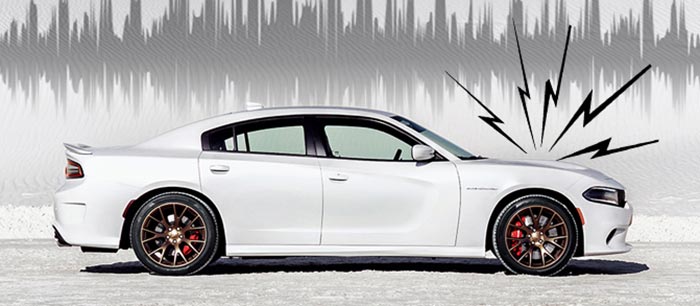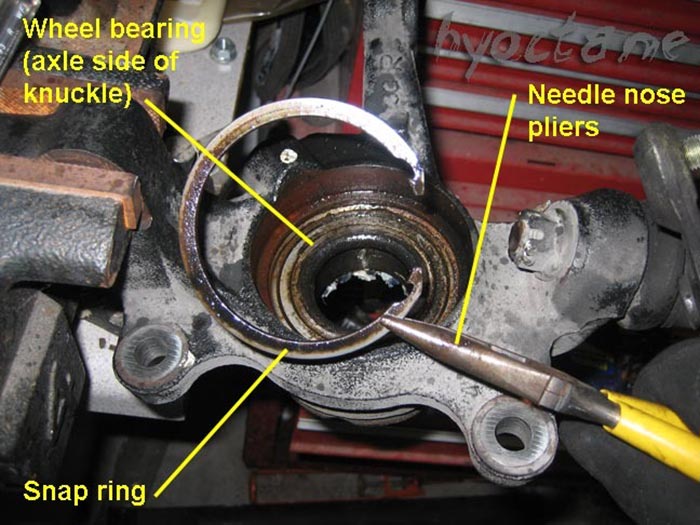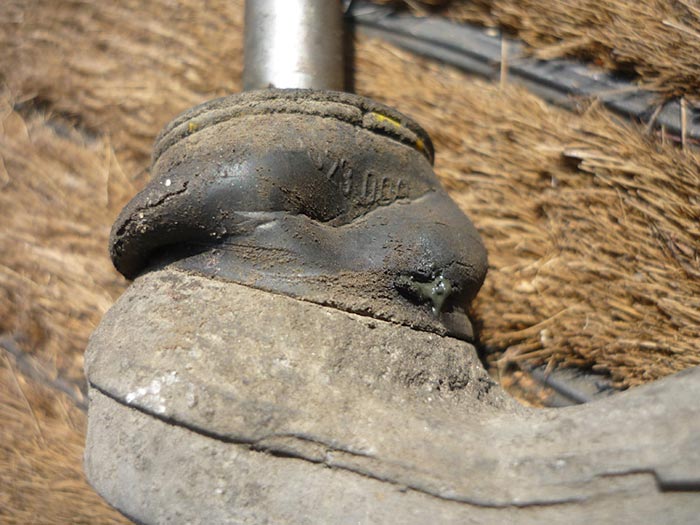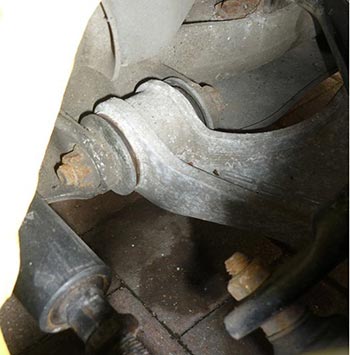
Why Is My Car Squeaking? A Guide To Identify And Correct The Fault That Causes The Squeaking Noise
Are you annoyed or worse embarrassed by the squeaking noise coming from your car while you are driving? Whether it is a squeaking, squealing or some other noise you hear while driving it can be something as simple as low lubricating fluid in the suspension system to something more dangerous as a worn out belt or more.
More...
So, instead of ignoring the sound by turning on the volume of your stereo, read below to find out the answer to the question – ‘Why is my car squeaking’. This guide lists the reasons behind the phenomenon and how to deal with them before they turn into unmanageable and expensive repairs.
Different Noises And The Potential Reasons
Sometimes it is difficult to know what type of noise you hear while driving the car. It could be just a squeal clunk, hum or a full blown squeak. So before we go into the reason for why your car is squeaking, we will see about the different noises and what they imply:

Image Source: AutoGuide
Squeaks, Clicks, Clunks And Creaks
These sounds are definite signs of worn out suspension or shock absorber. Dry tie rods, ball joints and bushings cause such noises. Usually such sounds will be heard along with vibrations. Poor maintenance of car is the main reason for such noises.
Clicking Or Crunching
This type of sound indicates the CV joint has worn off and needs to be replaced
Ringing Or Metallic Grinding
Worn out brake components are the main reason for this type of noise.

Image Source: MicksGarage
Hum
Problem with wheel bearing results in the resounding hum. This requires immediate attention.

Image Source: DIYMYTOYOTA
Squealing, Whining Or Screeching
Problem in power steering generally causes this type of noise. It can be the belt becoming loose, low fluid for power steering or just a bad bump on the road. Damage to the seal of the power steering liquid results in minor leakages leading to squeal and whining sounds while you turn the car.
Important Reasons For Squeaking Sound In Your Car
Now that you know about the various sounds, you will be able to identify the type of noise so you can diagnose the problem easily and take care of in the best possible way.
Worn Out Ball Joints
Wear and tear in the rubber bushings or connecting ball joints can cause squeaky sound. The ball joint is a connection that consists of a ball made of metal placed inside a greased cup for lubrication. Since the lubrication does not occur externally, if there is any leak in the grease or if it gets old, the joints will start to squeak

Image Source: RennList.com
Worn Out Rubber Bushings
In case of rubber bushings, they do not need lubrication like the ball joints and work in dry condition only.
But the reason for the squeaking sound is because the rubber bushing dries up, cracks or shrinks over time leading to the annoying sound when suspension moves.

Fault In Suspension
The suspension can be broken or damaged. Broken suspension is a serious issue that has to be dealt with immediately. It is also difficult to resolve as the suspension parts are small in size connected by means of axes. This has to be taken care of by a professional only. However the above two causes can be corrected on your own.
How To Identify And Deal With The Squeaking Noise
It is difficult to find out the condition of the ball joint or bushing as the suspension does not move when the car not running. This will make it hard to isolate the specific part that is behind the squeaky noise. This is especially so if the reason is a faulty suspension part. Here is how you can do it:
Things You Need
- Grease gun
- Grease
- Aerosol can of lubricant (WD 40)
- Rag
Step 1 : Prepare The Car
Park your car on level ground. Block the wheels to ensure it does not move.
Step 2: Recreate The Squeaking Sound
Ask someone, a friend, helper or relative, to bounce each corner of your car. Take care not to dent or damage the body panel of the car while you do this step.
The moving should elicit the squeaking sound you hear while you drive. You may have to exert a bit by pushing, pulling, bouncing or bumping to create the squeaking sound.
You can identify where the squeaking sound is origination from.
Step 3: Control Arm and Ball Joints
If the problem is with the control arm, you can identify it by turning the steering wheel while the car is safely parked.

Image Source: DodgeCharger Forums
If you hear the squeaking when you turn the wheel, it is due to wear in the control arm.
Look at the tire treads. If it indicates uneven wear, then the fault lies with the ball joints.
Step 4: Dealing With The Noise
For worn out ball joints, you should spray penetrating oil on the ball joints that you suspect to be worn out. The ball joints with tears or rips or those that look worn out would be the best to target.
Step 5: Grease the Joints
To spray grease, you can use the grease gun or you can use the aerosol can. To get to all the fittings in the suspension, you have to go underneath your car. Open the dust boot from the fitting. Now use a rag to clean any grime or dirt present.

Step 6: Apply Sufficient Pressure
Point the grease gun on the fitting and push grease into it until you see fresh grease around the rubber bushing. If you have a 4x4, it is best to use the grease gun regularly on the lower and upper ball joints, tie rod ends, control arm pivots and sway bar links.
If you cannot get grease pumped into fitting, it may due to dirt or grease clogged in the fitting. You can either squeeze harder or unscrew it using a wrench and clean the fitting using solvent and wire.
Step 7: Replace
If you hear the squeaking noise still, you need to change the ball joints and the rubber bushings. Sometimes you cannot replace the bushing separately. You will need to replace the suspension as a whole like shock absorber or control arm.
Step 8: Lubricate Springs
If the squeaking persists, it may be due to the wear of plastic insulators present in the leaf or coil springs. You can use lithium grease spray to lubricate the springs.
If the rubber bushing is the cause, use silicone spray for safeguarding the rubber bushing.

Image Source: Popular Mechanics
Watch this YouTube video to know about oiling the ball joints with WD 40
Conclusion!
So, now that you know the answer to, ‘why is my car squeaking?’ you will not have to put up with the annoying noise or wonder if some serious damage is causing it. Use our guide to check the origin of the noise and troubleshoot the issue effectively. If you liked our guide, share it on social media platforms and remember to post your comments below.
Related Posts
Are Dodge Chargers Expensive to Fix?
Fleet Fuel Cards for Optimal Car or Truck Expense Tracking
Top Simple Ways to Improve the Look of Your Car
The Top 10 Safest Vehicles In The US 2022
A look under the hood of Waymo robotaxis

